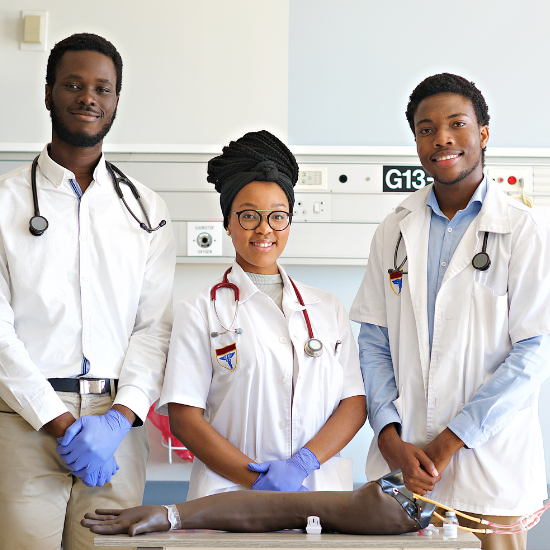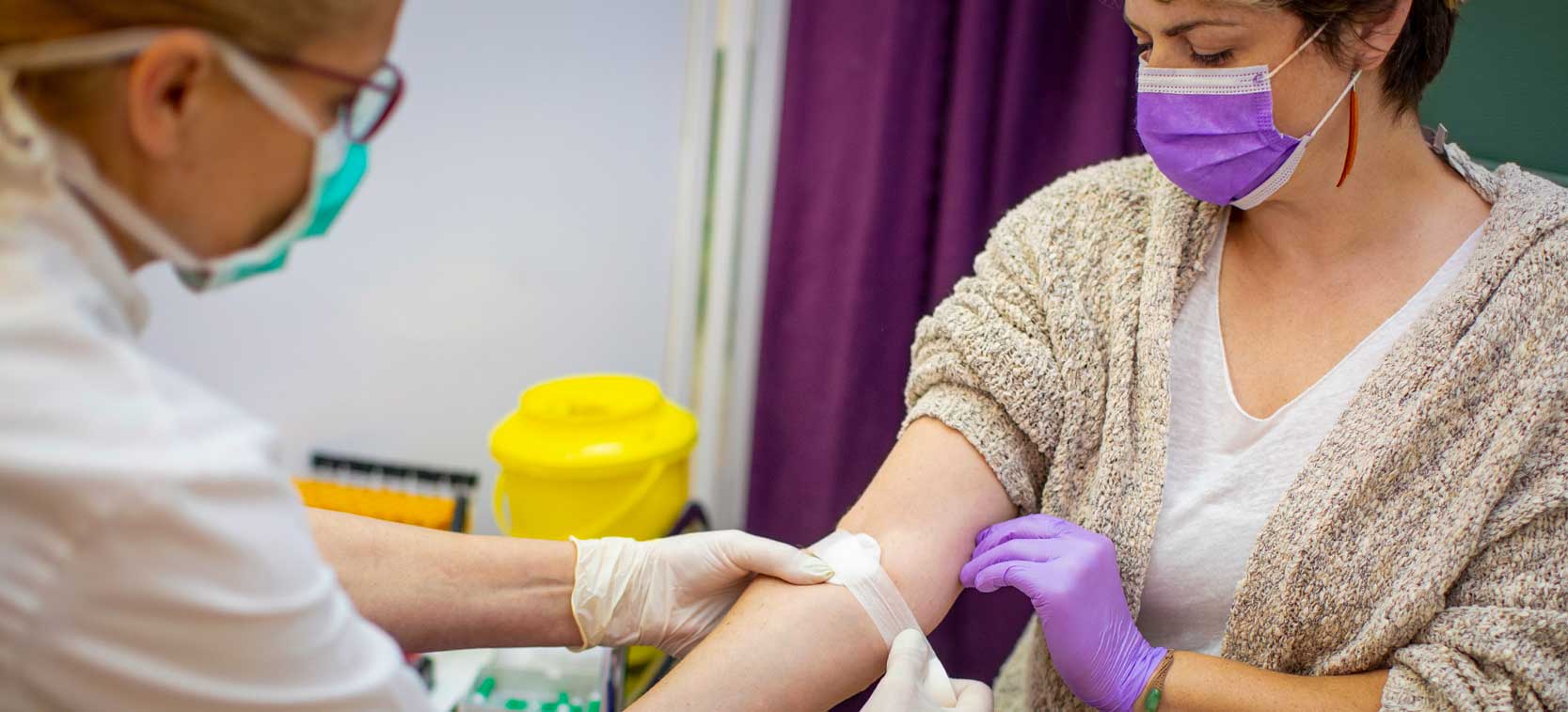4 Easy Facts About Northeast Medical Institute - New Haven Campus Phlebotomy Course & Cna Class Described
4 Easy Facts About Northeast Medical Institute - New Haven Campus Phlebotomy Course & Cna Class Described
Blog Article
Some Known Incorrect Statements About Northeast Medical Institute - New Haven Campus Phlebotomy Course & Cna Class
Table of ContentsThe Only Guide to Northeast Medical Institute - New Haven Campus Phlebotomy Course & Cna ClassAbout Northeast Medical Institute - New Haven Campus Phlebotomy Course & Cna ClassThe Only Guide for Northeast Medical Institute - New Haven Campus Phlebotomy Course & Cna ClassNortheast Medical Institute - New Haven Campus Phlebotomy Course & Cna Class Can Be Fun For AnyoneThings about Northeast Medical Institute - New Haven Campus Phlebotomy Course & Cna ClassGetting My Northeast Medical Institute - New Haven Campus Phlebotomy Course & Cna Class To Work
However, the usage of such devices must be gone along with by other infection avoidance and control methods, and training in their use. Not all safety and security tools are appropriate to phlebotomy. Prior to selecting a safety-engineered tool, users ought to extensively investigate readily available gadgets to identify their suitable usage, compatibility with existing phlebotomy methods, and effectiveness in safeguarding personnel and people (12, 33).For settings with low sources, expense is a driving aspect in procurement of safety-engineered devices. Where safety-engineered devices are not readily available, proficient usage of a needle and syringe is appropriate.
In the blood-sampling space for an outpatient division or clinic, offer a comfortable reclining sofa with an arm remainder.
Things about Northeast Medical Institute - New Haven Campus Phlebotomy Course & Cna Class
Make certain that the indicators for blood tasting are clearly specified, either in a written protocol or in documented directions (e.g. in a lab form). In all times, follow the methods for infection prevention and control provided in Table 2.2. Infection prevention and control practices. Collect all the equipment required for the treatment and location it within secure and easy reach on a tray or cart, ensuring that all the products are plainly visible.
Where the client is adult and aware, adhere to the steps laid out listed below. Introduce on your own to the individual, and ask the client to mention their full name. Check that the laboratory type matches the person's identity (i.e. match the patient's information with the lab form, to ensure precise identification). Ask whether the patent has allergic reactions, anxieties or has actually ever passed out throughout previous injections or blood attracts.
Make the patient comfy in a supine setting (if feasible). The person has a right to reject a test at any kind of time prior to the blood tasting, so it is crucial to ensure that the person has actually recognized the procedure - CNA Training.
Northeast Medical Institute - New Haven Campus Phlebotomy Course & Cna Class Fundamentals Explained
Extend the client's arm and examine the antecubital fossa or lower arm. Locate a capillary of a good dimension that is visible, straight and clear.
DO NOT place the needle where veins are diverting, due to the fact that this enhances the possibility of a haematoma. The capillary should show up without applying the tourniquet. Situating the blood vessel will certainly assist in figuring out the correct dimension of needle. Apply the tourniquet about 45 finger widths above the venepuncture website and re-examine the capillary.
Haemolysis, contamination and existence of intravenous liquid and medicine can all alter the outcomes (39. Nursing personnel and physicians may access main venous lines for samplings complying with methods. Samplings from main lines bring a danger of contamination or erroneous lab examination results. It serves, yet not perfect, to injure samplings when initial introducing an in-dwelling venous tool, before connecting the cannula to the intravenous liquids.
The Basic Principles Of Northeast Medical Institute - New Haven Campus Phlebotomy Course & Cna Class
Permit the location to dry. Failure to enable sufficient contact time enhances the threat of contamination. DO NOT touch the cleansed website; specifically, DO NOT position a finger over the vein to assist the shaft of the subjected needle. It the site is touched, repeat the sanitation. Get More Info Carry out venepuncture as adheres to.
Ask the individual to develop a hand so the veins are a lot more famous. Get in the vein promptly at a 30 level angle or less, and remain to introduce the needle along the vein at the simplest angle of entrance - CNA Courses. Once enough blood has actually been accumulated, launch the tourniquet BEFORE withdrawing the needle
The smart Trick of Northeast Medical Institute - New Haven Campus Phlebotomy Course & Cna Class That Nobody is Talking About
Withdraw the needle carefully and apply mild stress to the website with a tidy gauze or completely dry cotton-wool round. Ask the person to hold the gauze or cotton wool in position, with the arm expanded and elevated. Ask the patient NOT to flex the arm, because doing so triggers a haematoma.

Rumored Buzz on Northeast Medical Institute - New Haven Campus Phlebotomy Course & Cna Class
Do not push the syringe bettor since extra pressure boosts the threat of haemolysis. Where possible, maintain televisions in a shelf and relocate the rack towards you. Infuse downwards into the ideal coloured stopper. DO NOT get rid of the stopper since it will release the vacuum. If the example tube does not have a rubber stopper, infuse exceptionally gradually into television as lessening the stress and rate utilized to move the specimen minimizes the risk of haemolysis.

Report this page